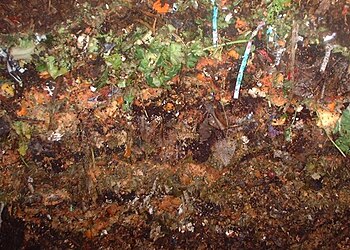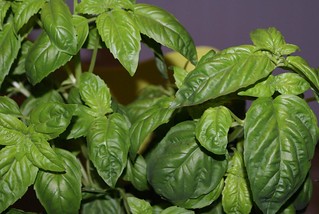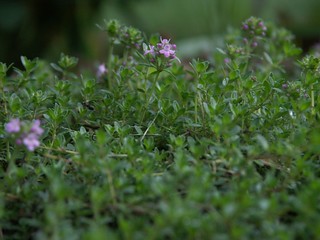In today's post, we'll take a look at some natural, homemade solutions to these organic gardening problems.
Aphids:
| Pea aphids extracting sap from the stem and leaves of garden peas. (Photo credit: Wikipedia) |
Oil and soap spray - Take 2 teaspoons of Mineral oil or Neem oil and add in 2 or 3 minced garlic cloves. Let it steep for about 24 hours, then strain. Next add 1 teaspoon liquid dish soap and 1 pint of water. Use 1-2 tablespoons of this mix with a full spray bottle of water.
Always test it on a leaf first to make sure it does not harm it. If it does, dilute it with more water and try again.
This spray is not picky as to which insects it eliminates so if you do have some beneficial insects around that you don't want to harm, you should try the next spray instead.
Tomato leaf spray - Add 1 cup chopped tomato leaves to two cups water and let sit for 24 hours. Strain and add this mixture to a large spray bottle, filling it up the rest of the way with water. Spray liberally on all affected areas.
Animal Pests:
Use red pepper spray and many critters won't come back for seconds. It makes the plants just too spicy for rabbits, mice, birds and squirrels. Mix 3 tablespoons of Tabasco sauce and 1 teaspoon dish soap. Add this to 1 quart of water and spray around the area. I have also found that squirrels don't like cinnamon. Sprinkle it liberally on the ground around your plants to keep squirrels from digging there.
Slugs:
In the spring, go on a nightly slug hunt. Using a flashlight, locate the slugs and sprinkle table salt on them. A couple nights of this should sufficiently decrease your slimy slug problem. You can also pour beer into shallow lids and set on the ground. Many people report that this will attract slugs which will crawl in and drown.
| Powdery mildew, a Biotrophic Fungus (Photo credit: Wikipedia) |
This is a serious fungal disease that hits many types of plants, including squash and cucumbers in particular, but weekly spraying of 30% skim milk or raw milk to 70% water can take care of it.
Weeds:
Good old vinegar can kill most weeds but it can also kill your plants. Do not pour it on weeds in your grass or you'll end up with dead grass spots. If the weeds are close to other plants, try using a paint brush to brush the vinegar on the weed's leaves. Or just pull them out by the roots.
Not only are homemade organic remedies good options for your garden, they're also inexpensive and use everyday household items. Try any of these options to take care of your organic garden problems and reap the rewards with a great bounty.








